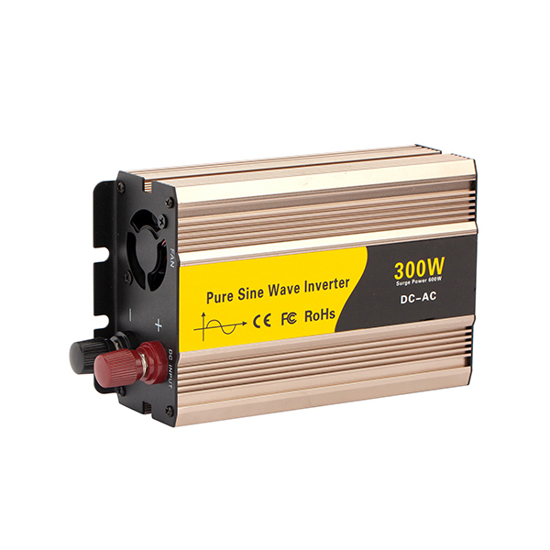A pure sine wave inverter is a common inverter, an electric energy conversion device that converts direct current into alternating current. It consists of an inverter bridge, a control logic, and a filter circuit. interrupt to complete the inversion task. Pure sine wave inverters are widely used in industrial electronic technology and semiconductor device technology. Today we will talk about the functions of pure sine wave inverter in detail.
Function of pure sine wave inverter
- Input circuit
The input of the inverter is usually direct current (or direct current obtained by rectifying and filtering the mains), and these direct currents include direct current power grids, storage batteries, photovoltaic cells, and other direct currents. Usually, these electric energies cannot be directly used as the input side voltage of the inverter, but are used as the input of the inverter after passing through a certain filter circuit and EMC circuit. - Inverter main circuit
The main circuit of the pure sine wave inverter is a power conversion circuit composed of power switching devices. The structure of the main circuit is divided into many types. Under different input and output conditions, the main circuit forms are also different. Each power conversion circuit has its advantages and disadvantages. , the most suitable circuit topology should be considered as the main circuit structure in the actual design. - Control circuit
According to the requirements of the inverter output, the control circuit generates one or more sets of pulse voltages through a certain control technology, and acts on the power switch tube through the drive circuit, so that the power switch tube is turned on or off according to the specified order, and finally the main power switch is turned on or off. The desired voltage waveform is obtained at the output of the circuit. The function of the control circuit is very important for the inverter system, and the performance of the control circuit directly determines the quality of the output voltage waveform of the inverter. - Output circuit
The output circuit generally includes an output filter circuit and an EMC circuit. If the output is DC, a rectifier circuit should be added later. For an inverter with isolated output, an isolation transformer should also be provided in the front stage of the output circuit. According to whether the output needs a voltage regulator circuit, the output circuit can be divided into open-loop and closed-loop control. The output of the open-loop system is only determined by the control circuit, while the output of the closed-loop system is also affected by the feedback loop, making the output more stable. - Auxiliary power
Some parts or chips of the control circuit and the input and output circuit have specific input voltage requirements, and the auxiliary power supply can meet the specific voltage requirements in the circuit. Usually, the auxiliary power supply is composed of one or several DC-DC converters. For the case of AC input, the auxiliary power supply is completed by combining the rectified voltage and the DC-DC converter. - Protect the circuit
Protection circuits usually include input overvoltage, undervoltage protection, output overvoltage, undervoltage protection, overload protection, overcurrent, and short circuit protection. There are other protections for inverters working on specific occasions, such as temperature protection in very low or very high temperature occasions, air pressure protection in the case of certain air pressure changes, and air pressure protection in humid environments. Humidity protection, etc.
